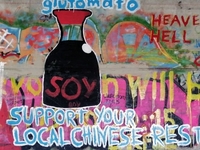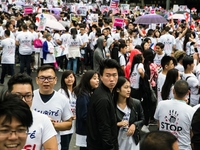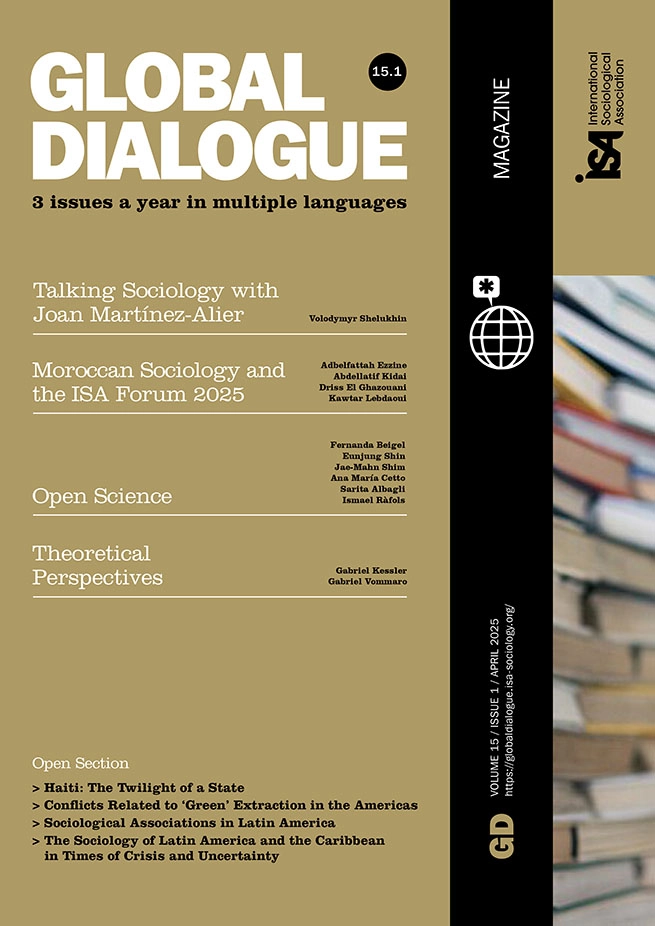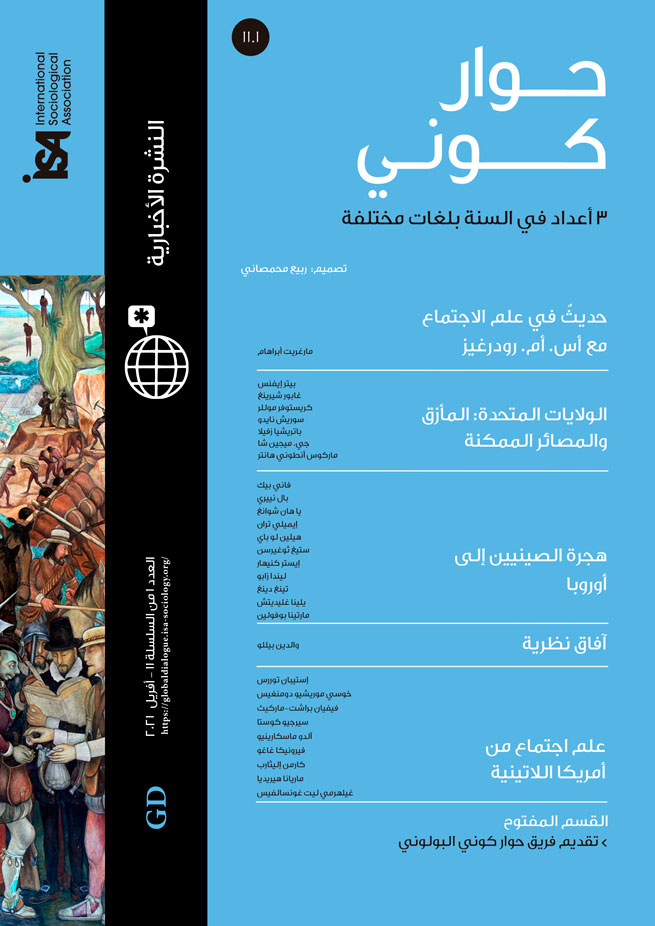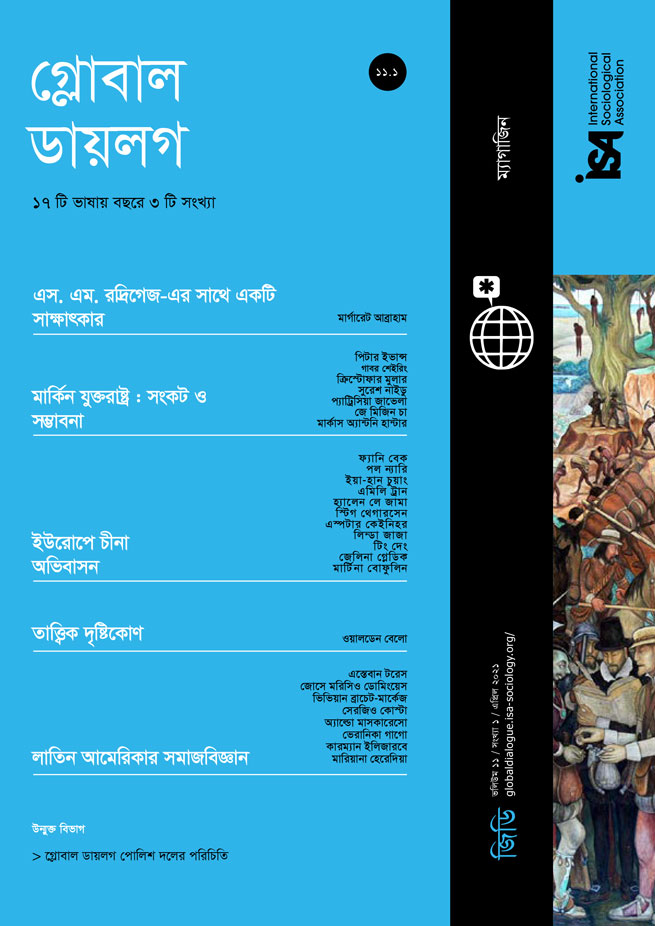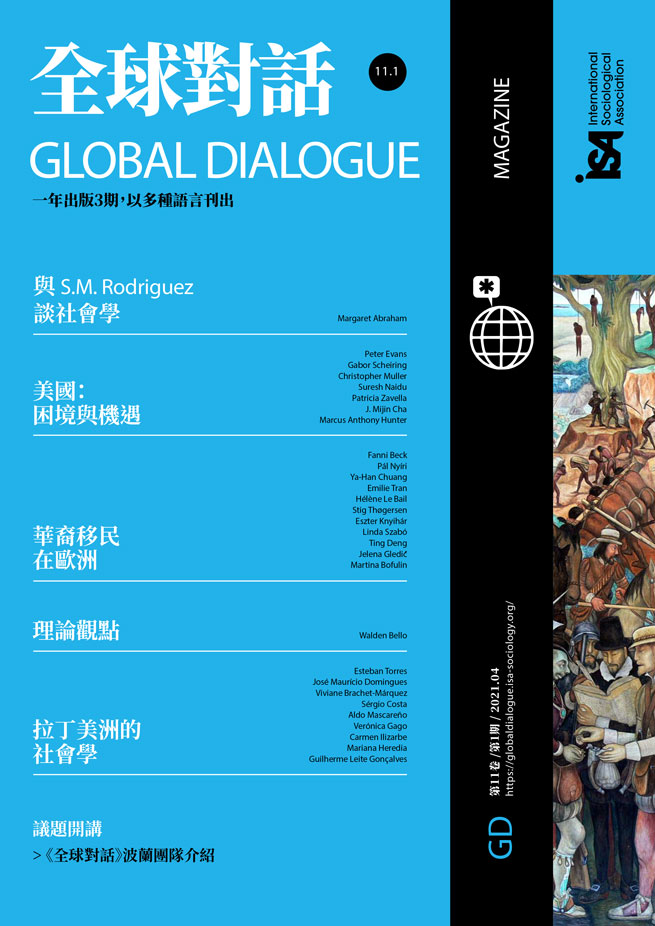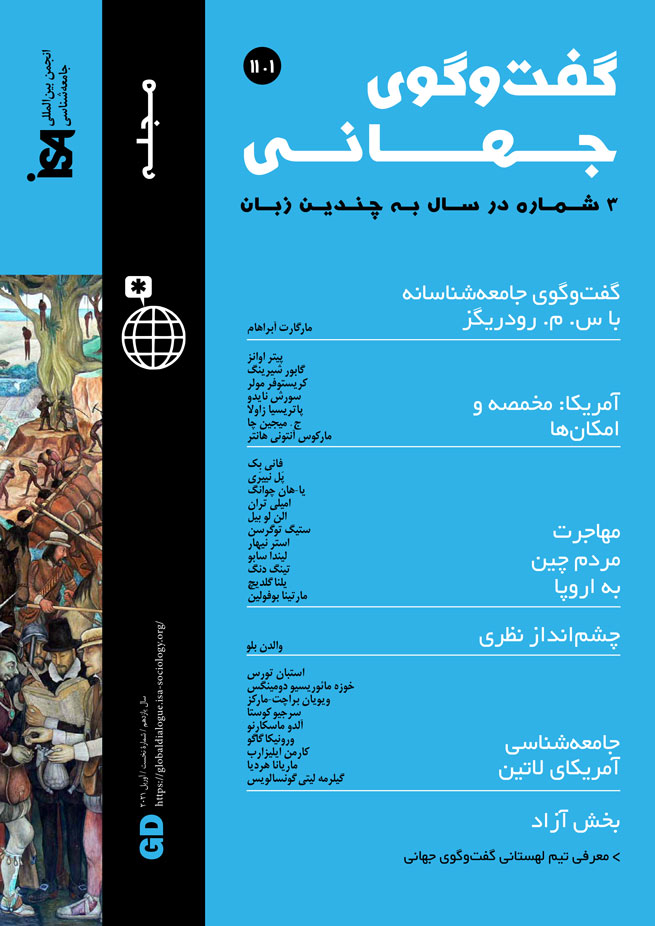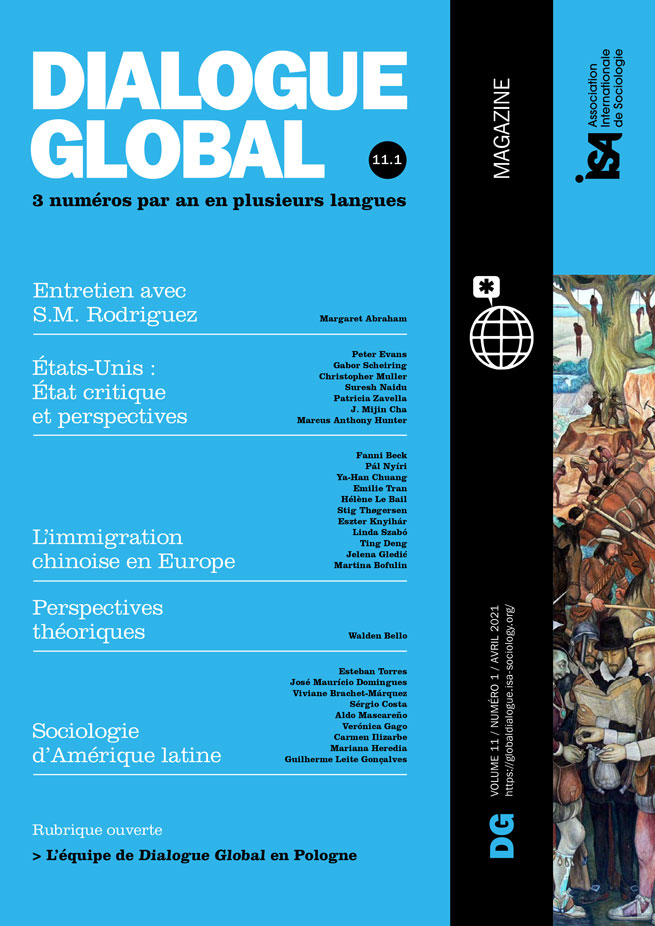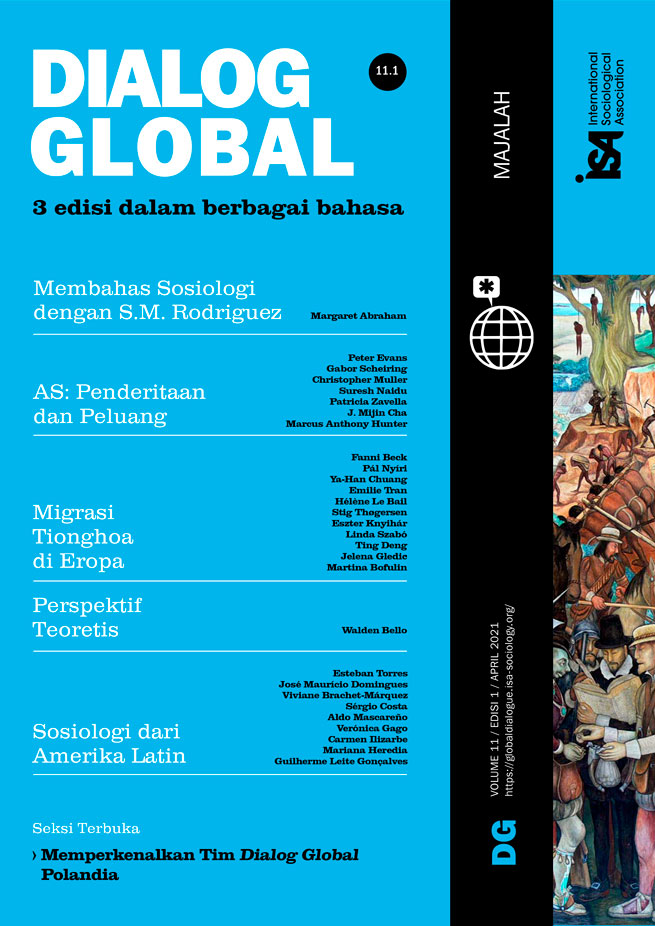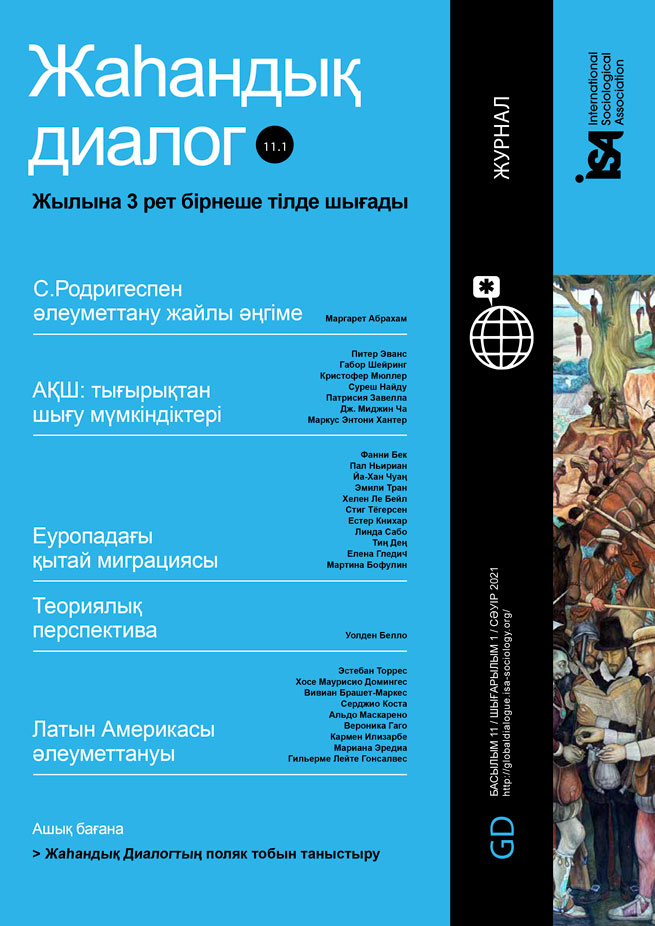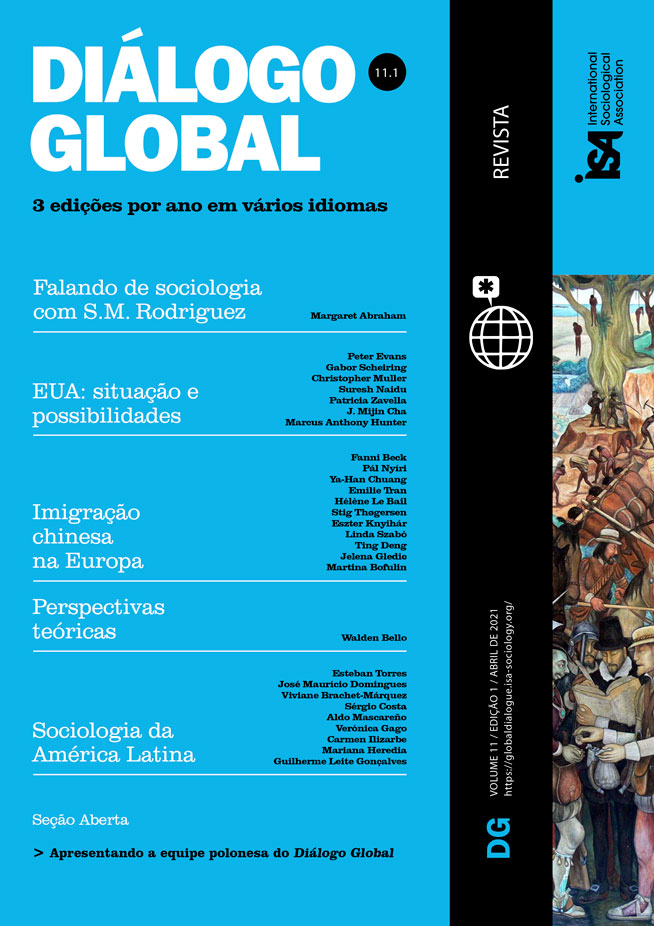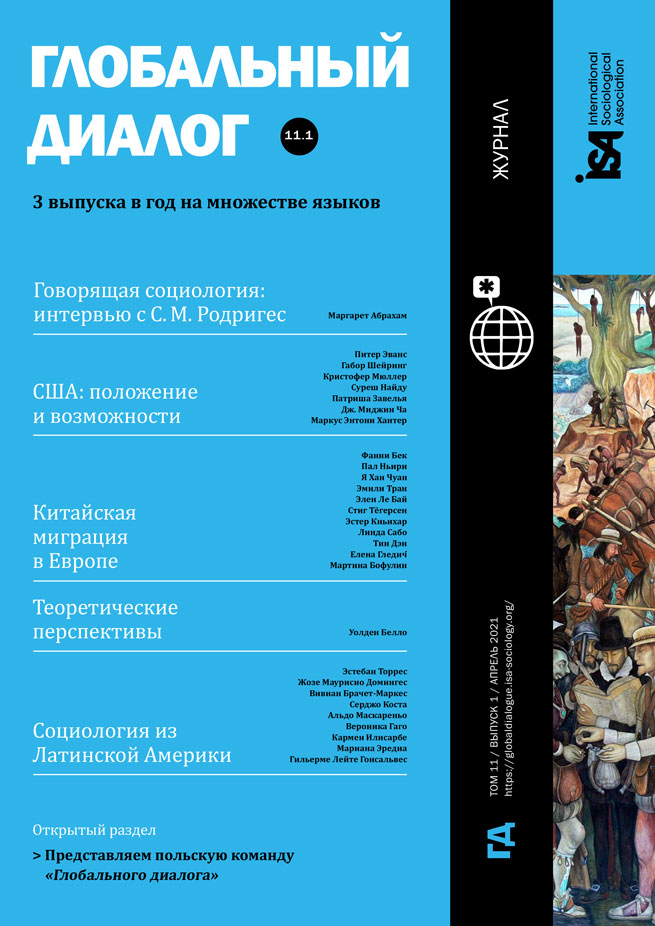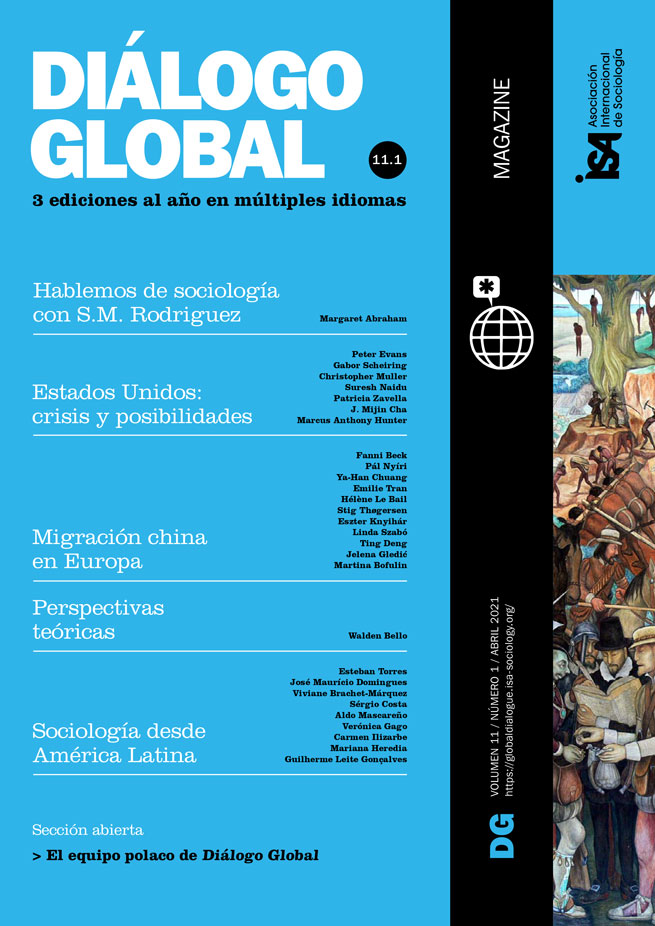In 1998, an edited volume on the Chinese in Europe identified several successive waves of ethnic Chinese immigration to Europe: small traders from Zhejiang Province in the early twentieth century; colonial migrants from Hong Kong and adjacent areas in the mid-twentieth century; postcolonial migrants from Southeast Asia after decolonization and the Vietnam War; and traders and labor migrants from the People’s Republic of China (PRC) after its reopening to the world in the 1980s. These waves created distinct sociolinguistic groups with little communication across group boundaries but extensive links across countries. The socioeconomic position of these groups at the end of the twentieth century remained relatively low, although it differed significantly between Northwestern Europe, where they were mostly occupied in the catering trade; Southern Europe, where they worked in small garment workshops; and Eastern Europe, where they imported and sold consumer goods at markets and small shops.
In the new century, the sociodemographic composition and socioeconomic status of ethnic Chinese in Europe has undergone fundamental shifts. This symposium addresses some of these. To begin with, a new, largely upwardly mobile generation of local-born Chinese has come of age. This generation, as Chuang, Le Bail, and Tran document, is more sensitive to discrimination and receptive to liberal anti-racist discourses but finds its career ambitions frustrated by the slowdown of growth in Europe while opportunities in China beckon. This sometimes results in migration to China, but more often in a sustained transnational life course. While migration to Europe was in the past imagined as a shortcut to social mobility in China, the directionality of such moves is more complex today.
Dramatic shifts in the global political economy are also reflected in the nature of new migrations from China to Europe. These are no longer dominated by small traders and manual workers – such positions in Chinese-owned restaurants and shops are increasingly taken up by other immigrant groups – although a new form of state-directed labor migration is emerging connected to Chinese-financed infrastructure projects in Southeastern Europe. Instead, students, expatriate managers accompanying the overseas expansion of PRC capital, and middle-class lifestyle migrants take up increasingly central positions in these flows, as documented in the contributions by Thøgersen, and Beck, Knyihár, and Szabó. As a result, earlier sociolinguistic divisions among the Chinese in Europe are complicated and increasingly overwritten by class stratification.
The position of the Chinese in European societies is changing not only due to the “integration” and claims-making of the second and third generation and the higher socioeconomic status of new immigrants but also to shifting geopolitics, in which China is an object of both envy and fear. As relations between the European Union and China turn increasingly hostile, the Chinese government is becoming more active in reaching out to ethnic Chinese in Europe as potential lobbyists on its behalf. Such efforts are not new, but they are amplified by the new presence of Chinese social media in Europe and made more persuasive by China’s apparent success in fighting the coronavirus pandemic. One effect is a rising national confidence that makes Chinese question the logic of ethnic hierarchies that continue to marginalize them, as Deng’s contribution shows. At the same time, in European states that foster friendly relationships with China (Serbia and Hungary), it is not clear that the local Chinese directly benefit (see contributions by Gledić, and Beck, Knyihár, and Szabó).
The coronavirus pandemic has thrown the shifting position of the Chinese in Europe into sharp relief. Some were summoned to serve as props in China’s face-mask diplomacy. Many encountered verbal or physical abuse as previously dormant racist or xenophobic attitudes combined with heightened political suspicions found an outlet on account of “the Chinese virus.” As the tide of the pandemic turned, those seeking safety in China were met with a reluctant government that posed ever mounting financial obstacles to those who wished to return and a suspicious populace that accused them of being not only contaminated but also disloyal. But, as Bofulin shows, the very transnational mobility that is normally so common among the Chinese in Europe also elicited suspicion and recriminations among fellow Chinese migrants eager to pinpoint culprits responsible for spreading the contagion.
Today, such panic is amplified by social media. If, in the late 1990s, Chinese media in Europe consisted of local newspapers following different political orientations and fledgling satellite television, today it is dominated by China-based social media platforms such as WeChat, subjected to censorship that amplifies the Chinese government’s preferred views and popular nationalism while suppressing alternative perspectives. This online sphere is essential as a mobilization tool, but it coexists with platforms such as Facebook and Twitter used as bridges to European public opinion. While local-born Chinese activists in France, inspired by the heightened attention to racism triggered by the Black Lives Matter movement, use Facebook to seek allies among other minorities, Chinese entrepreneurs in Italy create their own racial hierarchies, and middle-class Chinese in Hungary latch on to a resurgent ideal of a white Europe, which, propagated by the government there, echoes popular racial theories circulating on WeChat. If the former protest discrimination by appealing to antiracist, anti-elite solidarity, the latter do so in the name of a racial and class order whose pinnacle is shared by European and Asian elites.
In order to identify and analyze shifting external and internal boundaries and hierarchies that mark Europe’s Chinese, contributors to this symposium[1] ground their studies in actual spaces in which interethnic relations take form, from boarding schools to bars.
[1] The idea of this symposium arose from the workshop “Interethnic relations: Chinese migrants and their European host societies” held by the China in Europe Research Network - CHERN in Budapest on October 16, 2020 and supported by the COST Association.
Fanni Beck, Central European University, Hungary <Beck_Fanni@phd.ceu.edu>
Pál Nyíri, Vrije University Amsterdam, Netherlands <p.d.nyiri@vu.nl>
